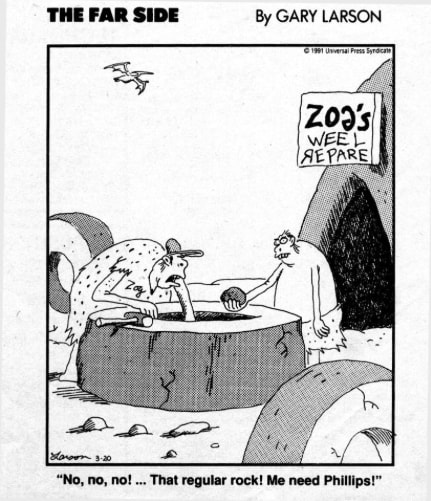There’s a catchphrase I’ve heard from the even the most experienced web engineers in the past few years.
Don’t reinvent the wheel
Most of the time when I hear this argument “don’t reinvent the wheel”, it sounds like it comes from a place of comfort. Engineers are comfortable using the existing tool even when it causes bloat, is badly architected, or could be a cause of poor performance experienced by the end user. The user is who really loses when engineers make decisions in their own best interests.
Maybe the engineer is heavily invested in a framework and doesn’t want to learn something new. The problem could be more systemic. Maybe your company hasn’t moved away from the same stack in several years. These are much harder obstacles to overcome.
When you have to implement a new feature, more often than not there is a solution already built by the open source community. It seems like a no brainer. Use the tool. There are some things you ought to consider before pulling a library off the shelf.
The learning curve
When you adopt open source tools you often don't know what you are getting. The README highlights all the wonderful things you will get.
Installing the package is the first step. You follow the instructions step by step in the README until you run into a problem where the code doesn’t work. You look for documentation. It’s not really there. You google it. Nothing. You dig through the issues on Github. Nada. Finally you decide to look at the source code to scan for issues. The coding style is foreign to you. Stepping through the code you notice it has been optimized.
Never underestimate the time it takes to learn a new tool. Sometimes it takes awhile before you fully understand the impact of using an open source package. You can hit roadblocks you didn’t anticipate.
Customization can be difficult
Even when a npm package does the job extremely well, there are parts of the tool that don't fit with the company's business logic or design patterns. Forking an open source project could be an option, but who want's to maintain that? You might think the feature your team needs could be contributed back to the open source project, but sometimes that contribution could be met with opposition.
A lot of the time engineers use open source tools to implement UI, thinking it fast tracks development in some way. This could mean using a chart library or bootstrap. I have heard engineers say "tough luck if it doesn't conform to the design styleguide, we need to push out a feature this sprint". That's just not cool. As engineers we should be working together with design and UX professionals to implement solutions for the end user. The decision to buy instead of build could come at the cost of collaboration. The tool could speed up delivery, but how will it look in front of leadership when you have to explain you didn't listen to design and UX?
Innovation is stifled
The heavy adoption of open source tools comes at another cost. We are stifling innovation. When nearly everyone is learning the hottest new JavaScript library instead of fundamentals, we lose the skills required to build something from scratch. We lose our connection to the language itself because we are always interacting with an abstraction: the JavaScript framework. The industry is stuck the patterns of the library. We have the entire history of computer science to draw from and opportunities to design new patterns, but all I hear is "redux".
Some of us poke our heads out every once in awhile and say "we can do it different", but do the rest of us hear their message?
Bloat
A more obvious cost of bundling libraries with our applications is the resulting bloat. Several third party libraries cannot be treeshaken. You can't pull in only the parts of the library you want to use. Instead you have to bundle the entire library with your application.
The more dependencies, the larger the bundle, the longer it takes the end user to download the JavaScript. This is particularly important for mobile users that make up roughly 50% of global traffic. It's highly possible a homegrown solution means less code and a lighter bundle.
Conclusion
"Don't reinvent the wheel" is a phrase I've heard countless times over the years. I am told if a library exists, use it. Then I go and implement a custom solution anyways. The result usually means less code, customized for a set the business logic. I write documentation so the learning curve is shallow. The willingness to architect and implement a custom solution maybe one key difference between Senior and Junior engineers or even Principal and Senior engineers.
In the past few years browser APIs have evolved. We have several tools baked into the browser that JavaScript libraries ignore. As evergreen browsers become more prevalent, it's time we start using these APIs more.
Last year when I was coding Readymade, I implemented one-way data binding with a minimal amount of code using ES2015 Proxy. The library overcomes limitations of DOM events by using the BroadcastChannel API for events. A "hello world" to generate a Readymade component is ~1Kb, gzipped. When implementing all the Readymade features, the bundle is slightly larger. This is just one example of how vanilla JavaScript and browser API can reduce the bundle size. Without a custom solution, I would have very few options for custom element development that didn't generate more library code. I wouldn't have been able to define the developer experience and make the API easy to use.
I can hear it now. "Why didn't you use Svelte?"
I'm confident if more people in our industry took the time to learn browser API and JavaScript we could further innovation. Instead of focusing all of your energy mastering libraries, consider how you would implement a library without dependencies. Maybe the result will be something lighter, faster, and delightful to use.
























